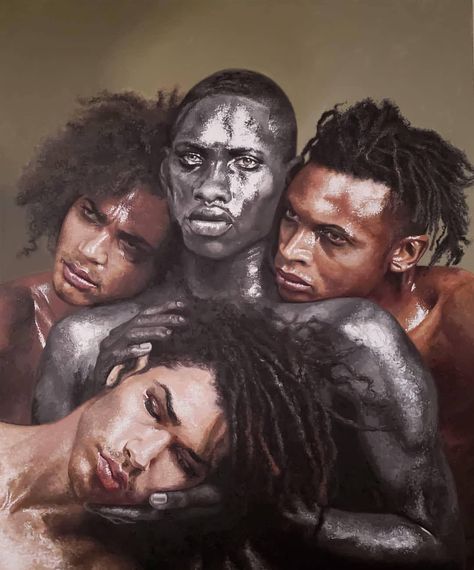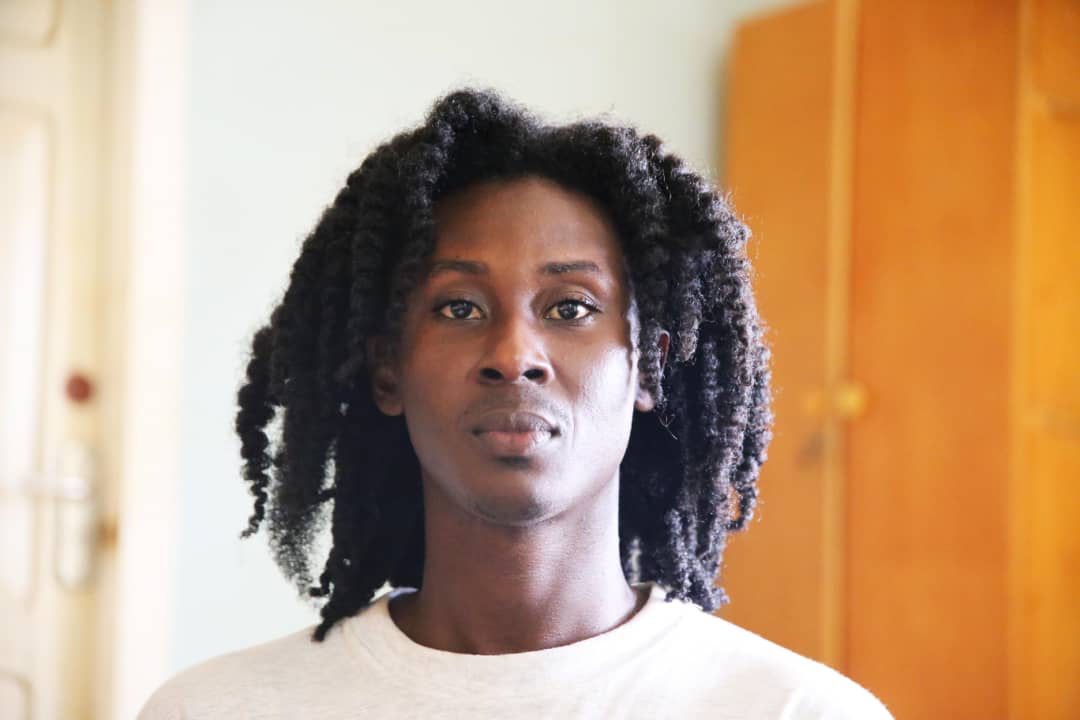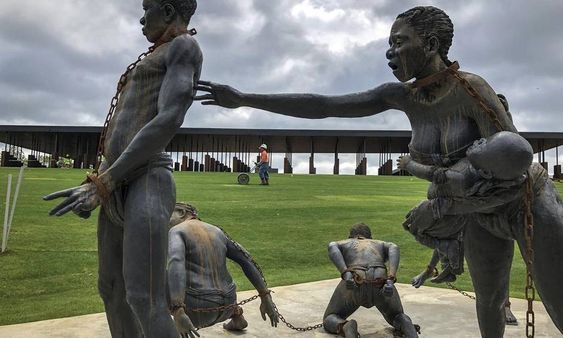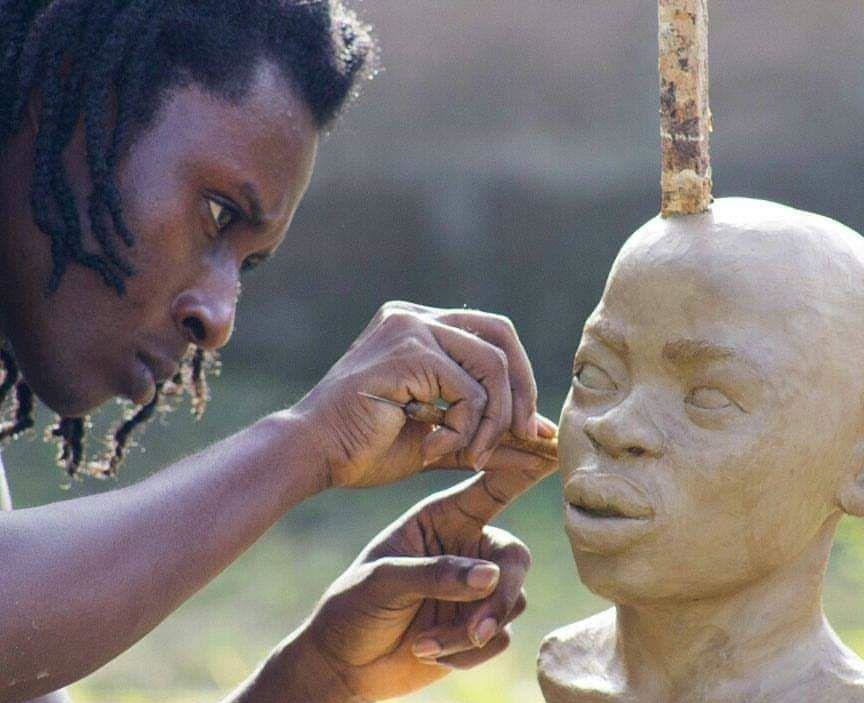
In the creative industry, the communities within which we practice our craft mold the versatility and depth of our creativity. They affect what visual artists illustrate; the kind of stories and documentaries our filmmakers capture; musical artists’ content, the photos taken, books written, pottery made and the fabrics used to make our clothes. Basically, our communities are oysters for inspiration. It's in the hands of our creatives to be bold enough to tap into the resources offered by our community.
Our country is not where it should be as far as the creative and cultural industry is concerned. We should not get comfortable and fall into the norm of things. The contribution of our Creatives to our economy as compared to other nations is appallingly unnoticeable. This will remain the same if we keep miscalculating the importance of community.
Community is vital for human growth and development; numerous times we’ve all heard how an individual is a summation of their five closest friends. The success of this individual and their five closest friends highly depends on two things; how the communities within which they exist are governed, and the value they add to the creative individual.
Kwame Akoto-Bamfo is a Ghanaian sculptor, artist, educator and cultural activist who is using his skills to create the Ancestor Project - portraits of Africans who were imprisoned, kidnapped or coerced into slavery. Using the ancient Akan tradition of creating portraits of the dead, Kwame wants to show people how great their community was before slavery.
In one of the videos produced by Sulleh Lansah, Kwame explains,” What you see are the faces of our ancestors who were caught within slavery. I am trying to portray what our ancestors went through trying to immerse in the enslavement experience all cut across 400 years. We have various narratives, various people from different tribes. We have various states in which they were before they were captured. There were those who were prisoners of war, there were those who were purely kidnapped. Those who were coerced.

Those who were clueless as to what was really happening. There are just so many narratives and it’s not a single story and hence the decision to make it on this scale. So that even though we can not create as many sculptures as our ancestors who we lost, we will have a clear representation of what really happened. We are using human heads because the art itself is paying homage to our ancient Akan practice of creating portraits of the dead.” His art is a circumstance of the community he was found himself in.
Click here to watch the full story.
For him like many other creatives, Kwame draws inspiration from the stories of hundreds of thousands of his ancestors who were captured in the 1600s. He explains that as he works on each sculpture, whilst he is happy to be telling the story that needs to be heard by the world, the moment he places a head in the lot, it's a significance of one other person being captured.
As much as the art(sculptures) tells of the atrocities that happened to his people forever changing the history of Ghanaians, what went wrong and how great they were as a community, it also brings light to the possibility of them being great again. His art brings hope to a people whose lives have been shaped by their history.
It’s important to note that creatives are unable to act by themselves to attain a great level of success. Their body of work is supported by other members of the community for example, organizations that cater to creatives, mentors, publicists, curators, photographers, writers and of course the general community support. Given the magnitude of Community’s role, the term “self-made” is rendered obsolete.

Needless to say, the same community’s reception of said work will inevitably influence all creative works. It’s been said, “All publicity is good publicity” however controversial this statement may be, it is a proven fact. A bad story about an individual can bring awareness and advancement to their work as much as a good story would, which is usually ideal. All this encompasses the significance of community on our culture and creativity.
Community also provides mentorship and collaboration, and the skills and techniques of the creatives who utilize this resource have been noted to rise to greater heights.
One can honestly say Community makes the creative; therefore, creatives should embrace all aspects of their communities so as to realize their full potential. It’s not enough to just draw inspiration from the places we visit, our cultures, our visions for the future generation, our practices, legends and the feelings we draw from them. As creatives we need to develop a habit of accepting and responding to constructive feedback and all the support offered to them through their communities.
